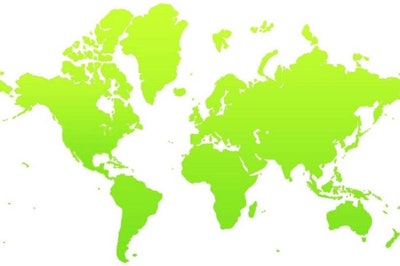
Mycotoxin-related threats to livestock production are severe or high in 60 percent of regions worldwide according to the latest BIOMIN Mycotoxin Survey. Those areas registered three or more major mycotoxins at concentration levels known to cause harm in animals. The survey results provide insights on the incidence of the six major mycotoxins in the agricultural commodities used for livestock feed.
Main findings
- Livestock production in North America and North Asia faces severe threat from mycotoxin contamination.
- South America, Central Europe, Southern Europe, Middle East, Africa and South-East Asia all face high threat from mycotoxins.
- Globally, deoxynivalenol poses the most frequent threat to livestock though levels of fumonisins and zearalenone also present a cause for concern.
- Half of all samples tested contained two or more mycotoxins.
Achieving greater heights
“The BIOMIN Mycotoxin Survey continues to expand its geographic coverage and depth of analysis year after year,” said Ursula Hofstetter, director competence center mycotoxins at BIOMIN. This year, more than 31,000 analyses were conducted on 8,271 samples from 75 countries across the world; up from 6,000+ samples from 64 countries in the previous year.
“As we further incorporate cutting-edge mycotoxin detection technology into the survey program, a much clearer and detailed picture of mycotoxin contamination emerges,” Hofstetter said. For the second year, the survey includes results of multiple mycotoxin analysis of more than 380 mycotoxins and metabolites, Spectrum 380, using state-of-the-art liquid chromatography-mass spectrometry/mass spectrometry (LC-MS/MS) in a single analysis step.
“These powerful tools are so sensitive that they detect even incredibly low levels of mycotoxins in raw materials and finished feed. Practically speaking, the food and feed industries need look beyond the prevalence (percent of samples testing positive) of mycotoxins, and focus on indicators that are meaningful for their operations. These include average concentration levels measured in parts per billion, sensitivity of livestock species, risk threshold levels, co-occurrence (multiple mycotoxins at once), masked mycotoxins not detected by conventional testing, and total mycotoxin load,” Hofstetter said.

















